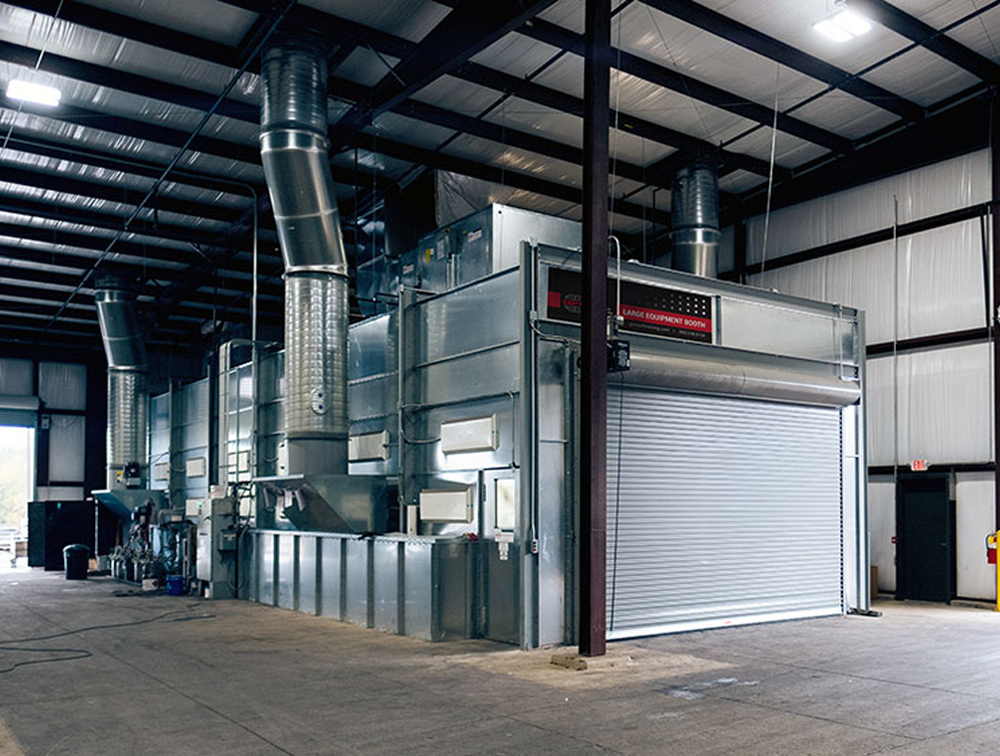About Us
AME-Technicoat are recognized industry specialists at coating HVAC coils (air-conditioning coils). With our highly trained and experienced production technicians, we offer the world's finest anti-corrosion coil coating.
AME Technicoat stands for superior quality...
Due to the technical nature and high quality control specifications of AME's TechniCoat system and application along with the stringent quality issues of the world's finest manufacturers of air-conditioning equipment, this is strictly a factory applied coating process.
We coat all configurations of coils, including the new popular MicroChannel coil. AME's TechniCoat is the only qualified coating for MicroChannels due to the complex and tight fin design. We also can coat A/C units — that is we can receive the entire unit and coat whatever parts need protection. Additionally, our coating is polyurethane free as well as Hex-chromium and lead free!
AME-Technicoat are recognized industry specialists at coating HVAC coils (air-conditioning coils). With our highly trained and experienced production technicians, we offer the world's finest anti-corrosion coil coating.
It's More Than a Coating, It's a Process
Before we coat anything, it goes thru a stringent inspection. Then a thorough cleaning before the final preparation and then the coating applied.

AME's TechniCoat is NOT just a coating but a specific process. The preparation of the material to be coated is 60% of the process known as TechniCoat. The fact is, you can have the best coating materail around, but if it doesn't stay on the substrate, then it is useless. Therefore, at AME, our process of TechniCoat is certified, verified and controlled so that when you get a TechniCoated coil, you are getting more than just a coated coil, you are getting a process that not only do we stand behind, but we are proud of. Our coating is polyurethane free as well as Hex-chromium and lead free.

The process of TechniCoat AA application starts with providing a plant facility with a stringent non-contaminate environment. When a piece is received for coating, an initial inspection is performed. If the piece passes inspection then it is moved on to go through a multi-step cleaning process finalized by a chemical etch primer. Once acceptably prepared, then the coating process begins by controlled spraying onto the piece, which includes a primer and topcoat. Next, a process to prevent bridging takes place. Then a finish coat is applied. The piece is then moved to an area for final curing and inspection before crating and shipping.